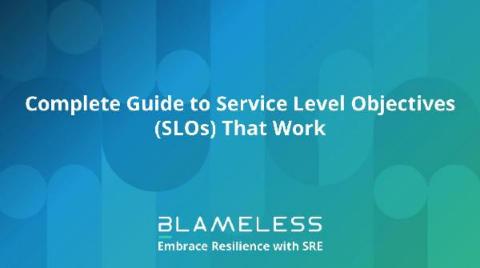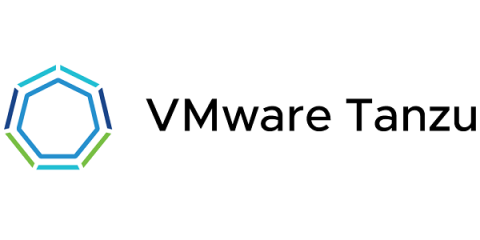Operations | Monitoring | ITSM | DevOps | Cloud
Latest News
Introducing the 2021 DZone Trend Report: Containers
Containerization has evolved from the early days of Linux control groups to out-of-the-box solutions offered by cloud providers. Market analysts expect a rise to more than 70% of global organizations using one or more containers by 2023, a huge uptick from less than 20% of them running containers for their applications in 2019.
Why standardizing migrations across multiple database types with Flyway adds up for Desjardins
Here's what SLIs AREN'T
A DBA's Habit for Success: CMMI (Part Four)
The 2021 State of IT Operations Management: UK Struggles with Current Tools but Looks to AIOps for Relief
The results of our 2021 State of IT Operations Management survey are now available for the UK! Some common themes emerged with our US survey results published in April: Tool sprawl is real in IT operations departments in both countries as ops teams wrestle with multiple tools and report that legacy tools are holding them back from innovating. UK and US IT teams will both look to adopt digital operations platforms to combat tool sprawl, driven by better capabilities for AIOps and automation.
The MTTR that matters
“Mean time to X” is a common term used to describe how long, on average, a particular milestone takes to achieve in incident response. There’s mean time to detect, acknowledge, mitigate, etc. And then there’s the elusive “mean time to recover,” also known as “MTTR.” MTTR, a hotly debated acronym and concept, measures how long it takes to resolve an incident on average. The problem with MTTR, though, is that it doesn’t matter.
Improve Your Cybersecurity with a Secure Software Development Supply Chain
The U.S. government is instituting stricter requirements on federal agencies and federal contractors to address cybersecurity threats. Adopting the right set of tools and practices will help organizations secure their software development supply chains and be prepared to meet these standards. However, the initial requirements also provide a valuable framework for any organization trying to reduce its security risk—not just government institutions and those doing business with them.
VMware Tanzu Mission Control Expands Data Protection Capabilities
Last year, VMware Tanzu Mission Control introduced data protection capabilities to help enterprises safely and confidently run critical workloads on Kubernetes. With this unique feature, enterprises can centrally manage data protection on their clusters across multiple environments, easily backing up and restoring their Kubernetes clusters and namespaces.
State of DevOps Report 2020 Focuses on the "How" of DevOps
For years, reports analyzing the evolution of the DevOps movement have been eagerly awaited by members of this growing global community. This research has helped establish benchmarks for DevOps adoption, identify best practices, and analyze DevOps outcomes—in other words, the results achieved by DevOps leaders vs. DevOps laggards. It’s interesting to see how the conversation around DevOps research has changed over the years.









